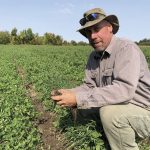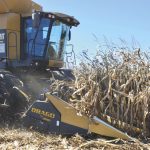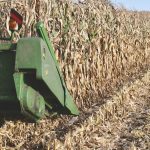2023 Corn Guide
An archive of articles for Ontario corn growers assisting them with growing corn and managing production issues related to growing corn.

Evaluating corn and soybean emergence
There is greater flexibility for soybeans, but looking at stands will indicate next steps

Making row crops work with perennial cover crops
Learnings from an Ontario grower’s five years of on-farm research

By the numbers – corn rootworm in 2023
Populations were lower but intensity in some regions was higher

Nitrogen use in corn re-examined
Research from the U.S. Midwest sparks controversy, but the solution may be easier

Biological control could help reduce tar spot challenges
Recent work studies the impact of Alternaria on impeding disease

Corn remains agriculture’s chief currency
Corn Guide: Despite lower acreage compared to other countries, corn in Canada is on the rise

Old pest for corn growers returns with new threat
Corn Guide: ECB is showing resistance to Bt hybrids, but not in Ontario yet

A better system resides with residue
Corn Guide: Lucknow-area brothers like what they see and get from biostrip till

Learning to read and react to biostrip till
Growers who use it do their best to make it work, especially for corn

Many physiological factors driving corn yield growth
Agronomics and genetics interact in many ways and depend on each other for corn yield success


